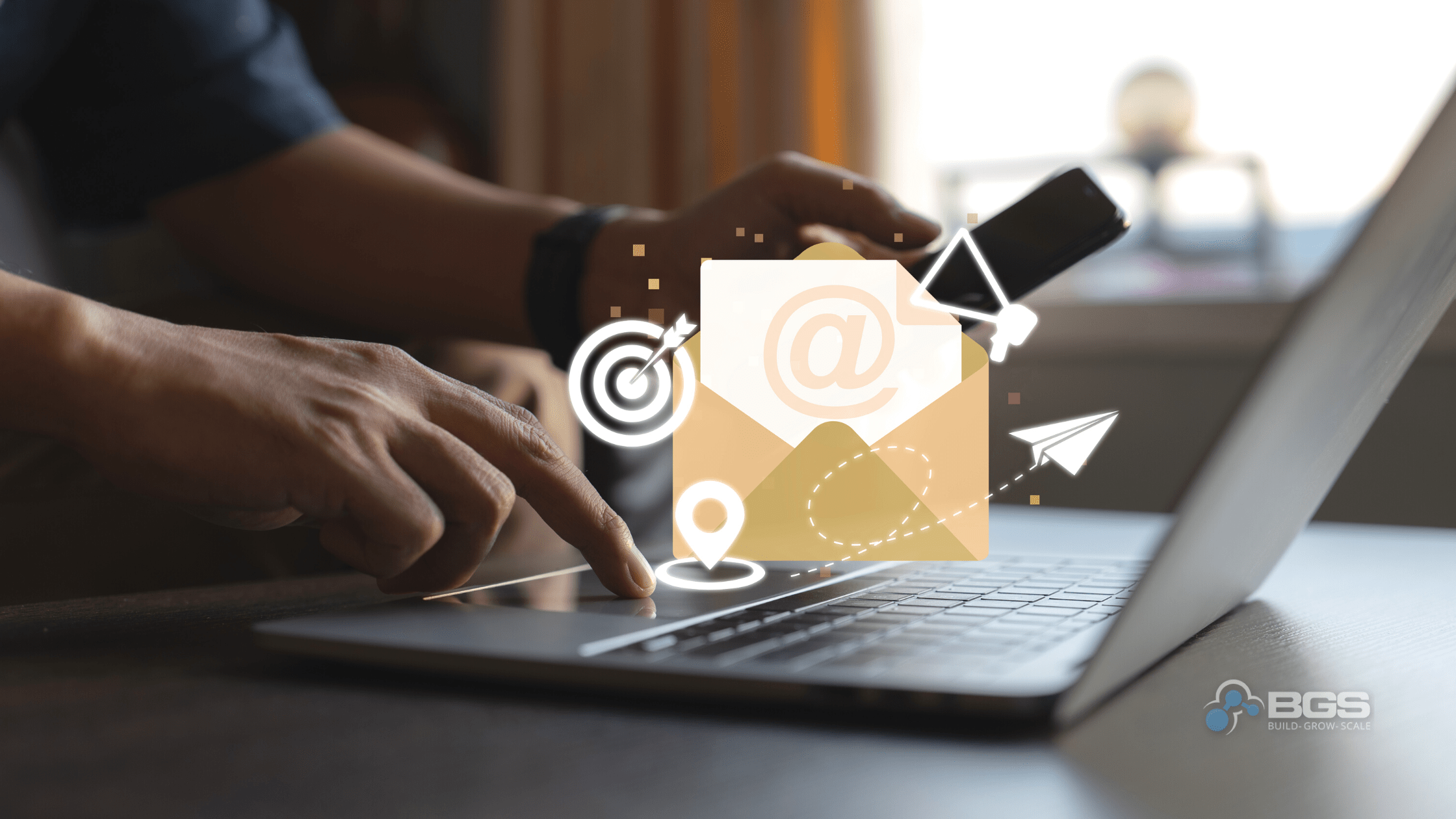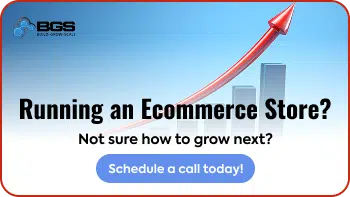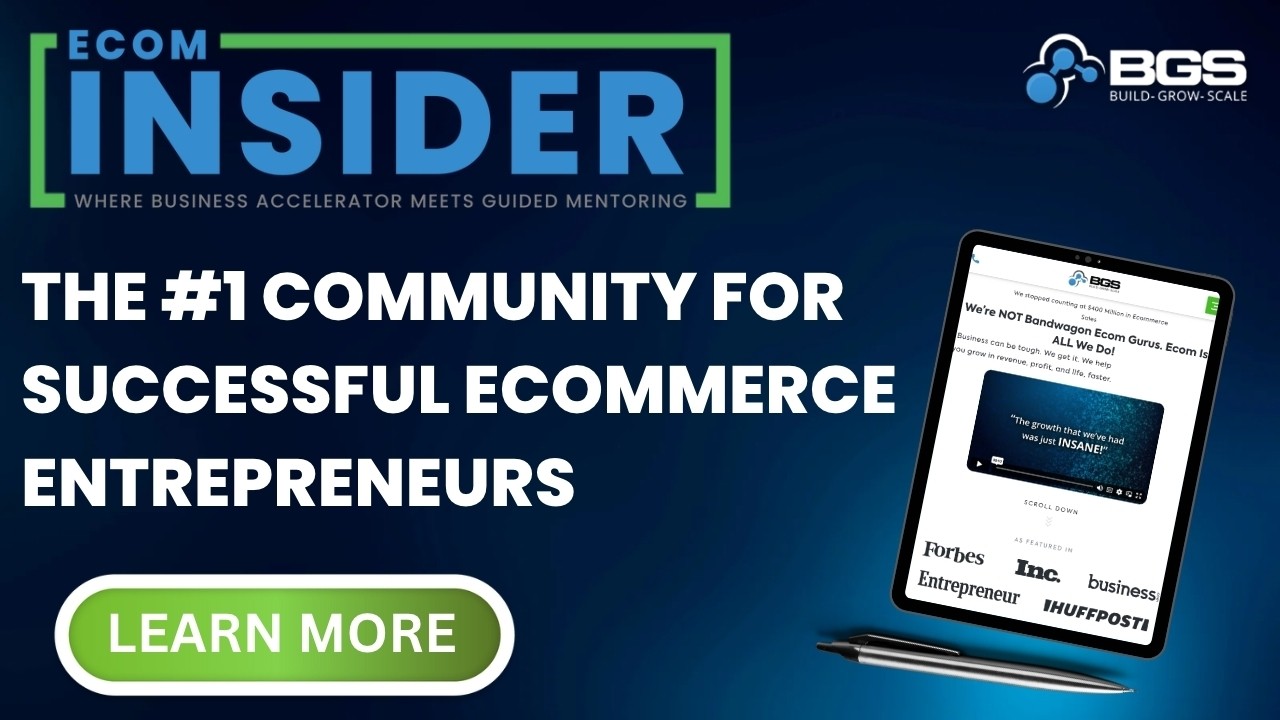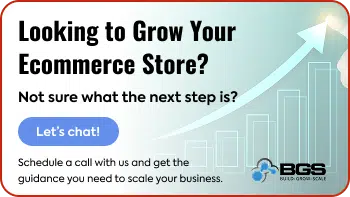3 Tips for Maximizing ROI of Your Ecommerce Emails

Irene Wanja | Feb 28, 2023
Reading Time: 5 minutesEmail marketing is an invaluable tool for ecommerce business owners looking to build long-term relationships with their customers. With the ability to reach a wide audience and deliver personalized messages tailored to the individual, email marketing can help you boost sales and grow your business. But in order to maximize the effectiveness of these campaigns, it’s important for you to know a few things: when to send your emails, what types of emails to send, and how to determine both via A/B testing.
Best time of day to email
When planning your ecom store’s email marketing strategy, it’s important to consider the best time of day to send emails. Studies conducted by Klaviyo have shown that the optimal email time frame, during which most emails are sent, is the morning, with afternoon being the runner up. Why? Because this is when many people are checking their emails—between tasks or meetings—increasing your chance of reaching them with your message. Additionally, this time window ensures that your emails will arrive before people turn to their social media feeds and other websites for news and updates.
Study conducted by Klaviyo on best time of day to send emails
One of the key factors in determining when you should send email messages is understanding your target audience’s preferences. Generally speaking, mornings and afternoons are typically the best times for sending emails as they are more likely to be seen by customers who are already online and checking their emails during those hours. Additionally, studies conducted by Get Response suggest that people tend to be more receptive to promotional messages sent on Tuesdays, Wednesdays, and Thursdays. Furthermore, sending emails too frequently can lead customers to become overwhelmed or unsubscribe from your list altogether, so it’s important not to overdo it with email campaigns.
Study conducted by Get Response on email open rates and click-through rates in a week
To maximize success with ecommerce email campaigns, it’s also important to focus on the content of your message. Make sure that your subject lines are catchy and engaging; this will help draw readers in and increase open rates. Additionally, use high-quality graphics to promote products or sales in a visually appealing way. Finally, keep emails short but effective so readers quickly get the information they need without feeling overwhelmed.
Timing your email campaigns is just one piece of the puzzle when it comes to successful ecommerce marketing. By focusing on crafting attractive content as well as sending emails at an optimal time each day, you can ensure that more customers receive your message and engage with your business … resulting in higher conversion rates!
Types of emails
When considering what types of emails to send in your ecommerce marketing campaigns, it’s important to consider the purpose of the message as well as who it’s intended to target. Different types of messages can be used depending on the goal and audience, such as a more conversational tone if you’re trying to build relationships with customers through newsletters, or a more straightforward approach if you’re trying to drive sales through promotions or discounts.
For instance, an email newsletter that contains interesting stories about how customers can best use your products would benefit from a more conversational style. This could include highlighting customer success stories, introducing fun facts about product features and benefits, or sharing helpful tips for using the product. A newsletter could also focus on telling stories about your brand or its people, or offering advice on topics related to your industry. Crafting stories around these topics in an engaging way can help foster connections with your customers and keep them informed about your company and offerings.
On the other hand, if you’re looking to drive sales through promotions or discounts, a more straightforward approach may be more effective. This could include emails featuring deals and discounts that are limited-time offers, or promotional codes that customers can enter at checkout. You can also share information about upcoming sales events. This helps create anticipation while also providing customers with helpful information they might not find elsewhere.
Overall, it’s important to identify what types of messages will best resonate with your target audience so that your campaigns are perceived as being valuable content rather than simply advertisements. Taking the time to craft an appropriate message for each unique campaign lets you tailor them to fit the needs of different audiences while also staying true to your overall branding goals and objectives.
A/B test to maximize success
A/B testing is an important tool for ecommerce businesses that want to get the most out of their email marketing campaigns. It allows you to compare two or more versions of your email and measure which one yields the best results. Finding the optimal time for sending your emails helps ensure that your message reaches customers at a time when they’re most likely to open, read, and take action on it. This can help you increase click-through rates and drive revenue for your business!
Additionally, A/B testing allows you to measure how different audiences respond at different times of day. For example, if you have customers in multiple countries and regions, testing out different times of day will allow you to see which ones get the best response from each region’s audience. This enables you to tailor your email strategy based on customer preferences and behaviors so that it’s more effective than a one-size-fits-all approach.
Finally, this method of testing helps identify any factors that may be affecting open rates or other engagement metrics. For instance, if one test version showed significantly higher open rates compared to another test version sent at the same time, this could indicate that a certain word or phrase in the subject line was catching people’s attention more effectively. In this way, A/B testing provides valuable insight into what works (and what doesn’t) with your audience so you can make changes accordingly.
Wrap-Up
Email marketing as a tool to engage with customers can be incredibly successful when done correctly. By taking into account factors such as the time of day and types of messages being sent, you can increase the likelihood that potential customers will open and read your emails. Furthermore, personalizing your emails can create stronger connections with your audience. Just be sure to track and analyze metrics (e.g., open rates, click-through rates, unsubscribe rates, etc.) in order to evaluate the effectiveness of your email strategy and ensure objectives are being met. With careful planning and consideration for these essential factors, you can maximize customer engagement and the ROI of your ecommerce store’s email campaigns!
About the author
Irene Wanja
Irene, a skilled Revenue Optimization Specialist for Build Grow Scale, combines an unparalleled focus on user research and a deep understanding of the ecommerce customer journey to orchestrate optimal shopping experiences. With an uncanny knack for detecting and addressing customer pain points through meticulous user testing, she utilizes tools such as moderated user tests, heatmaps, scrollmaps, and clickmaps to fast-track improvements in user experience and usability. Her keen eye for detail aids in swiftly spotting potential issues and implementing solutions, all while working closely with store owners and applying her intricate comprehension of user interactions. Passionate about software and technology, Irene immerses herself in enhancing her clients' business clarity, efficiency, and user satisfaction. Even though the value of user experience doesn't conform to a conventional numerical scale, the tangible outcomes of her work—improved user experience, amplified retention rates, and reduced customer support issues—are testaments to her prowess. Beyond her revenue optimization skills, Irene is a skilled writer and copywriter. She weaves her profound insights into engaging prose, crafting content that not only resonates with diverse audiences but also demystifies the complexities of user experience, consequently benefitting businesses worldwide.






